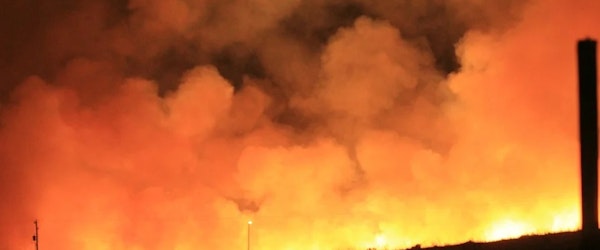
Homeowners Crowdsource Toxic Smoke Data After Eaton Fire Insurance Disputes
Friday, April 18th, 2025 Catastrophe Insurance Industry Legislation & Regulation PropertyIn the aftermath of the Eaton Fire, which destroyed thousands of homes in the Los Angeles area, many residents whose properties were left standing found themselves fighting a new battle—not against flames, but against their insurers. While visibly damaged homes were often covered, others affected by smoke and toxic contamination faced uphill battles getting coverage for environmental testing.
Homeowners like Nicole Maccalla and Jane Lawton Potelle discovered that smoke and ash had brought potentially hazardous materials like lead, asbestos, and heavy metals into their homes. When their insurers declined to cover testing, citing a lack of "major damage," these residents took matters into their own hands. They created a grassroots group, Eaton Fire Residents United, and began crowdsourcing contamination data. An interactive map built from 81 home test results revealed alarming levels of lead across all sampled properties.
The collective effort has already helped some homeowners get their claims reconsidered, but it also highlighted a troubling gap in wildfire insurance coverage. Despite a bulletin from California Insurance Commissioner Ricardo Lara urging insurers to investigate smoke damage claims thoroughly, many homeowners were still denied assistance. Meanwhile, the state’s FAIR Plan, meant to be a last-resort option, faces criticism and legal challenges for requiring proof of visible damage—standards many consider unreasonably high.
Parents are particularly concerned about the potential health risks to children, with some paying out of pocket for testing and remediation to protect their families. As frustration builds, industry experts and former regulators say insurance carriers need to standardize their approach to smoke and toxin-related claims in wildfire zones. Without clearer policy language and regulatory guidance, homeowners will continue navigating inconsistent coverage on their own.





